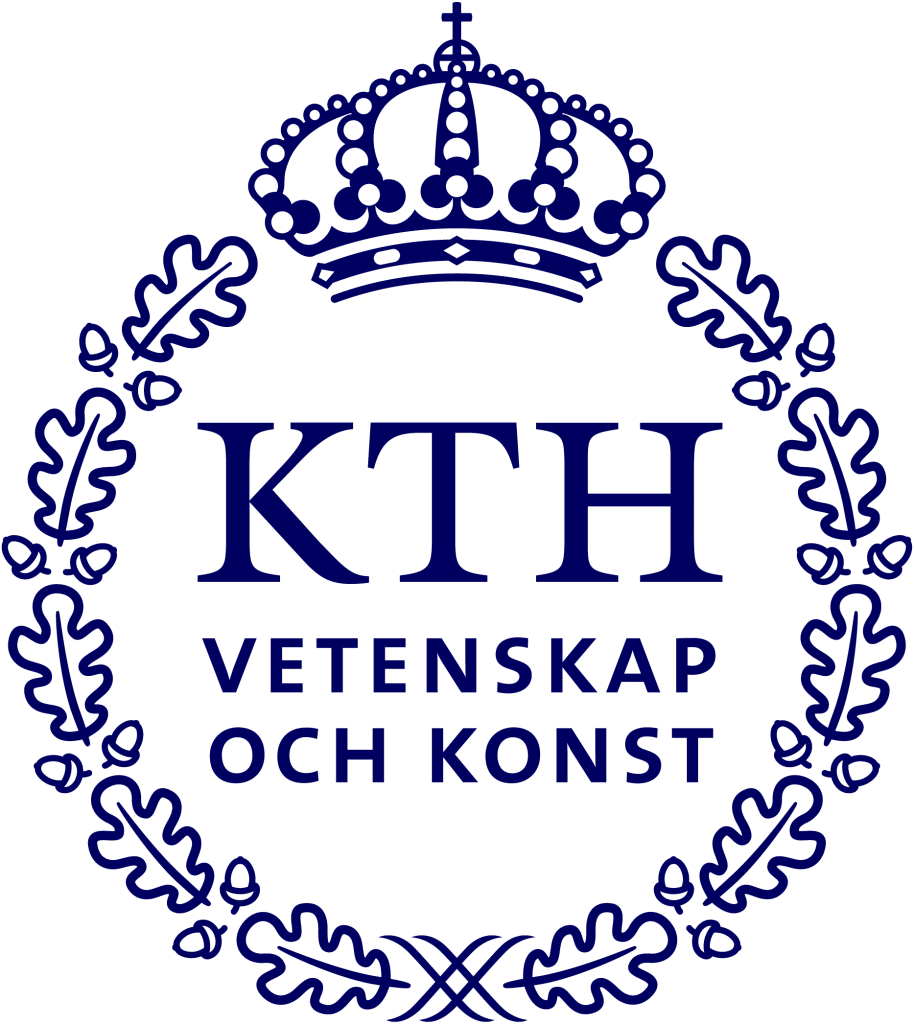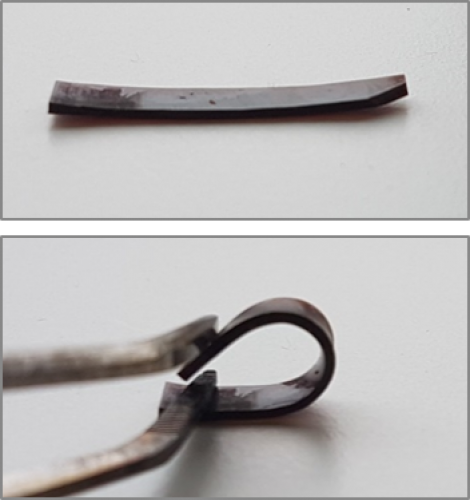Replacing fossil fuel-derived materials with sustainably produced alternatives of equivalent functional value is key to the future of materials production. A major challenge in the development of fully bio-based materials is the inherent complexity of readily available biomass as a feedstock, which complicates the extraction of useful components and can lead to high energy consumption and a large waste burden. Biorefinery approaches aim to valorise all components of complex biomass, ideally using only mild processing steps. Using biomass residues from established industries is vital for building a truly circular bioeconomy. Birch bark is an abundant residue of the forestry industry that has great potential as a feedstock for the production of novel biomaterials due to its high content of aliphatic compounds like suberin.
In the plant, suberin comprises a polymeric network of long chain fatty acids, aromatic compounds, and glycerol that form an extracellular barrier. This hydrophobic barrier helps the plant to control the flow of water and makes it more resistant to abiotic and biotic stress. Notably, besides the abundant carboxylic acid groups, the long chain fatty acids in suberin often have additional functional groups, including hydroxylation, epoxidation, and extra carboxylic acid groups. Because these different functionalities can be used to form specific covalent bonds, such as ester or ether bonds, suberin monomers are attractive building blocks to develop novel biopolymers.
Initially as part of a drive to develop new substrates for enzymes that can be used to modify some types of fatty acid, we developed a simple biorefinery process using benign solvents and mild reaction conditions to fractionate birch bark. The process yields three distinct fractions, which are respectively rich in betulin-like compounds, lignin and carbohydrates, and finally a suberin-rich fraction. While exploring the sensitivity of this last fraction to modification by the enzymes in our library, it was found that heat-driven condensation of the substance generated a black-coloured elastomeric material with physical and thermo-mechanical properties similar to those found in natural rubber.
Inspired by this fortuitous discovery, WWSC postdoc Thomas Baumgarten went on to co-found the company Reselo AB, and their first product in development will be Nordic Bio-Rubber (patent pending). Reselo AB believe that this material “has the potential to replace synthetic rubbers in a variety of applications” and to support Sweden’s transition to an increasingly circular bio-based economy by being produced from waste biomass.
The original research project at KTH Division of Glycoscience was supervised by Lauren McKee and was funded entirely by the WWSC. Reselo AB has so far received financial support from KTH Innovation, as well as from Vinnova via their Innovative Startups call. Excitingly, the Nordic Bio-Rubber project was highlighted by Kungl. Ingenjörsvetenskapsakademien (IVA) on their Top 100 List for 2021 of projects “with the potential to create benefits, for example through industrial commercialisation, business and method development or social impact in the area of sustainable crisis preparedness”
–Written by Lauren McKee and Thomas Baumgarten





